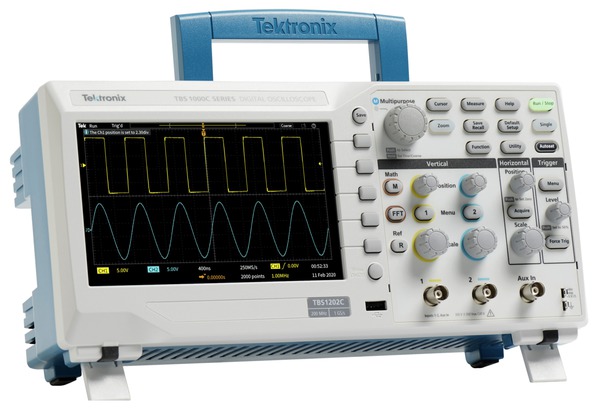
Typically at most 40 ♚ flows into an input at logic 1 and the driving output must provide this current. The nature of TTL gates dictates the use of two different fanout values, one for HIGH outputs and one for LOW outputs.

A standard load is defined as the amount of current necessary to drive an input of another gate in the same logic family. TTL NAND gates typically provide 1, 2, 4, or 8 inputs.įan-out specifies how many standard loads the output of a gate can drive without a problem. Physical considerations limit fan-in, but practicalities such as the number of pins on IC packages generally are more important. Fan-in is the maximum number of inputs a gate can handle. Still, there is a lot of TTL around, so both must be considered.Įach logic family is characterized by several important parameters. TTL consumes far more power than CMOS, which is one reason CMOS has eclipsed TTL as the dominant technology.

TTL employs bipolar junction transistor technology while CMOS uses the field-effect transistor concept at the input. Transistor-transistor logic (TTL) and complementary metal oxide semiconductor (CMOS) logic are the principal types of integrated circuit-based logic gates implemented in digital circuitry.


 0 kommentar(er)
0 kommentar(er)
